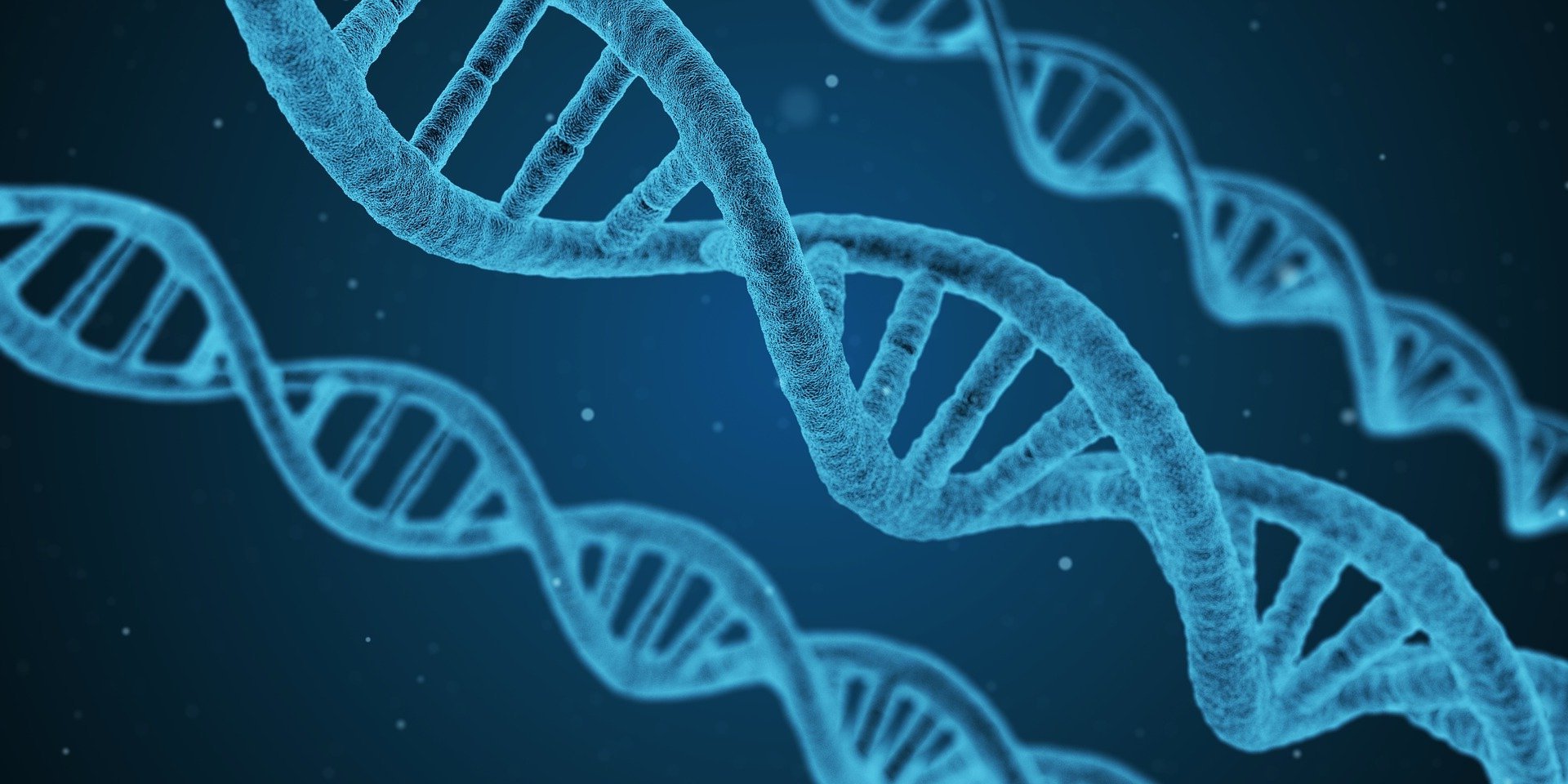There are many shapes, forms, and patterns which could conceivably exist in biology. What are the factors that affect which ones will be selected, and determine evolutionary outcomes? We study this question by examining the bias towards certain shapes of RNA molecules that exist in nature.
Views 2225
Reading time 4 min
published on Dec 22, 2023
RNA molecules are one of the key biomolecules of life as they appear in organisms as catalysts, building blocks, and information carriers. RNA is made up of sequences of chemical `letters’ called
nucleotides, similar to the chemicals that make up DNA sequences. RNA sequences can fold up into different shapes, depending on which `letters’ appear in the sequence. Billions of possible RNA shapes can exist given the appropriate sequences, yet in nature we only find a relatively small number of shapes. Why only a
small number and why
these?
The Darwinian perspective puts forward natural selection as the answer, arguing that of the billions of possible shapes only a few are biologically useful and improve an organism’s fitness. Therefore, only these few are preserved. Additionally, paleontologist Stephen Gould argued that random historically contingent events, like meteor strikes, have culled most organisms, leaving only a small fraction of `lucky’ creatures (and shapes) with us today. Hence, if we were to rerun the tape of life, a very different biological world would likely prevail.
Our team decided to investigate these questions from a different angle: the way RNA sequences are associated to RNA shapes is strongly biased, in the sense that most shapes have very few associated sequences, while a few shapes have many associated sequences. This is called phenotype bias. This bias means that upon a random genetic mutation, certain shapes are much more likely to appear than others. It also means that if a random sequence of `letters’ is chosen, the outcome is highly non-random, with certain shapes much more likely than others. Phenotype bias is analogous to a loaded dice, in which some outcomes are more likely. We expect that gambling or playing a board game with a loaded dice will make a large difference to the outcome, but could the loaded dice of phenotype bias also affect evolutionary outcomes?
To begin, we used computational methods to generate random RNA sequences, find their corresponding shapes, and thereby estimate how abundant each shape is. Next, we turned to a large database to study naturally occurring RNA found in living organisms. Using these data we found the abundances of the different RNA shapes in nature. Interestingly, we found that the shapes in nature were those that the phenotype bias caused to be most likely. More surprisingly, the actual abundances of natural shapes are predictable: if bias implied that some shape occurred with a given frequency, we found that the shape appeared with roughly the same frequency in nature. To get a sense of the strength of the bias, consider for example we calculated that there are approximately a trillion possible shapes with length 126 nucleotides, but only 68 shapes are found in nature, and these are among the 98 most likely to appear. In other words, the bias limits the RNA to one in ten billionth of the space of possible shapes.
A key notion in biochemistry is that the shape of a molecule helps to determine its function, and hence we might expect the natural shapes to be highly structured and tuned via selection. Remarkably, it appears as if the shapes in nature are just the ones offered by bias. Perhaps the most famous example of a functional RNA shape is
transfer-RNA (tRNA) with its cloverleaf form. This form is important for its function in communicating information from DNA to proteins. Interestingly, we found that the cloverleaf shape is one of the most likely shapes to appear from a mere random sequence due to phenotype bias.
Natural selection no doubt plays an important role in determining which RNA shapes appear in organisms and for which function, but we find a surprisingly strong influence of phenotype bias as well. Moreover, the fact that both the shapes and their relative abundances are predictable from phenotype bias suggests only a small role for historical contingency. Recently, in our
follow-on study looking at bias in larger RNA, we found similar results to our earlier study. More broadly, phenotype bias has been observed in many biological models, including protein molecules, gene networks, and teeth shapes. Further, arguments based on the information content of shapes predict it to be a common property. Could phenotype bias have influenced the biological forms we observe around us today? We hope that our work will stimulate many more studies to test this hypothesis.
Original Article:
Dingle, K., Ghaddar, F., Šulc, P., & Louis, A. A. (2022). Phenotype Bias Determines How Natural RNA Structures Occupy the Morphospace of All Possible Shapes. Molecular Biology and Evolution, 39(1). https://doi.org/10.1093/molbev/msab280
 Evolution & Behaviour
Evolution & Behaviour



